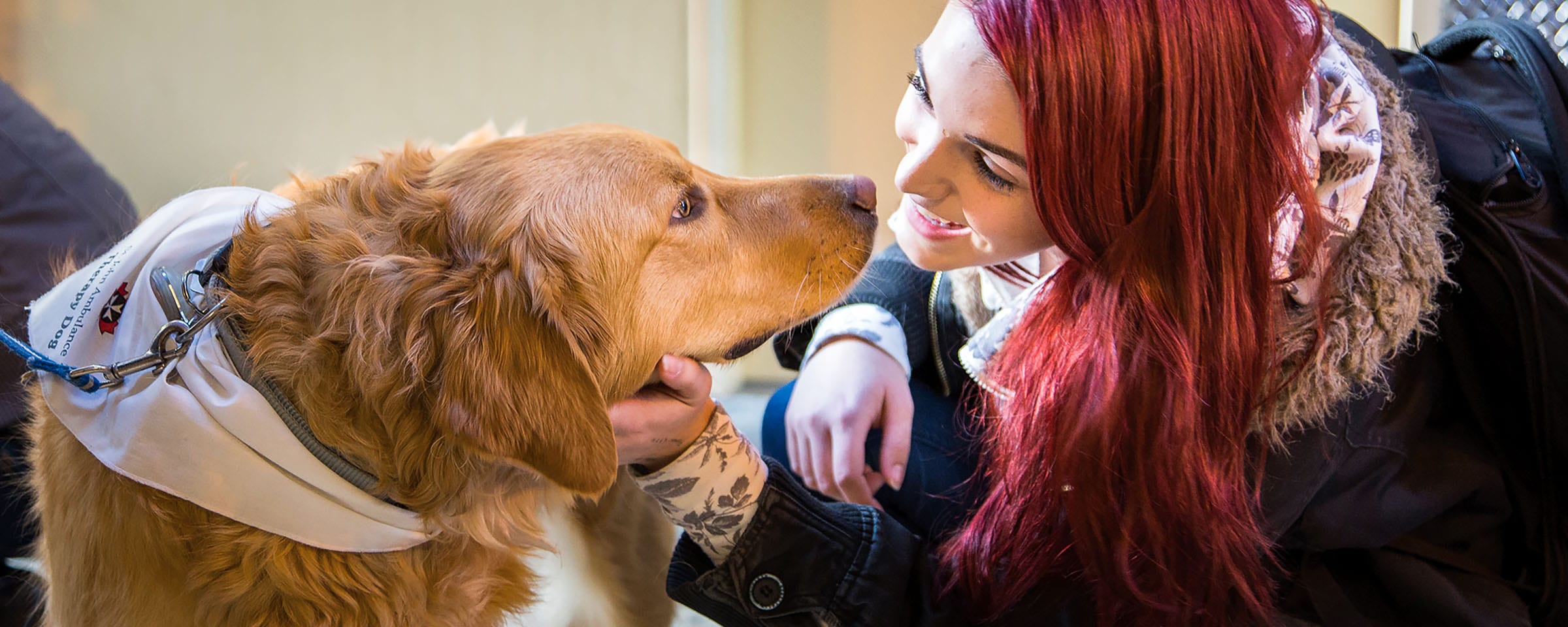How is the flu vaccine made? Is it safe?
In last week’s blog you were informed that getting the vaccine does not guarantee that you will not get sick – but why? First of all, there are many strains of the influenza virus. If you do get the flu shot but come into contact with an influenza strain that was not in that season’s flu vaccine, the vaccine does not protect you against it. The vaccination only protects against 3-4 of the common influenza strains. Anyone with a chronic illness, the elderly, and very young children have weaker immune systems. As a result of their weaker immune system these individuals may not produce the same desired immune response to the vaccine as a healthy adult, and as a result are still at risk of getting the flu. That being said however, the immunity that they do get from receiving the vaccine is still better than not receiving the flu shot at all. By receiving the flu vaccine the chronically ill, elderly and very young may be able to prevent the virus from causing more damage it could have otherwise caused if they were not vaccinated.
A little about the virus…
There are different types (also called “strains”) of the influenza virus. Each year these strains undergo genetic drifts, which are minor changes in its genetics. Our immune system operates by identifying specific antigens on the influenza virus. These antigens are the elements that trigger your body to build up an immune response, resulting in future immunity. Since our body’s immune system is very specific, even small changes in these antigens can allow the virus to escape being detected. This means that you will need a new flu vaccine each year.
What is in the vaccine and how is it made?
First, researchers identify which strains of the influenza virus we are most likely to encounter this season by looking at what influenza viruses are circulating around other continents (such as Asia). The most common circulating viruses (usually 3 to 4 strains) are selected and are injected into chicken eggs. Once the viruses have multiplied in the eggs, they are collected, killed, and made into the vaccine. The influenza virus used in vaccinations is DEAD, meaning you cannot get the flu from the flu vaccine! Each batch of flu vaccine is tested numerous times to ensure proper concentration, that the desired “antigen” (the element that triggers your body to build immunity) is present, sterility, and most importantly safety. Once the vaccine is approved by the manufacturer, the vaccine is submitted to Health Canada to make sure it is both safe and effective. Health Canada also performs on-site evaluations of the vaccine manufacturing process and requires samples for testing in Health Canada laboratories. Vaccines are only ready for use after they are approved by Health Canada. Health Canada is responsible for continuous monitoring of vaccine safety and any side effects once the vaccine is distributed for use.
Make sure to check out next week’s blog that clears up some of the common myths about the flu and the flu vaccine!
From Health Services Student Nurses Thomas and Alexis

